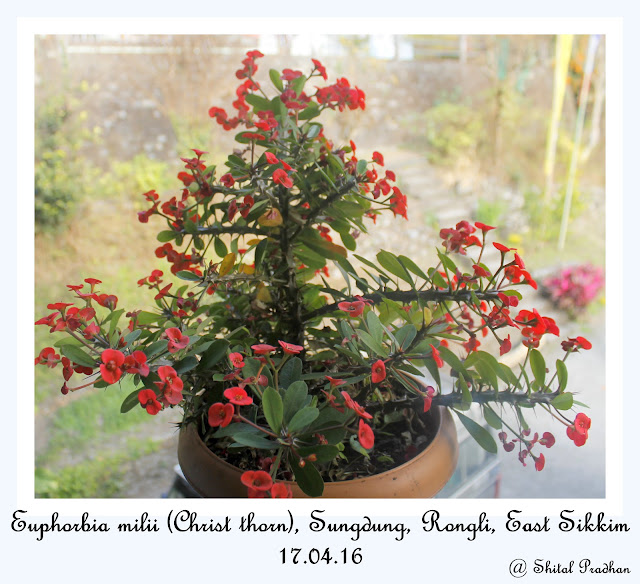 |
Scolopendra subspinipes ( Red Headed Centipede)
Place : Shantinagar, Singtam, East Sikkim,
Date: May 28, 2012Pic: Shital Pradhan |
Scientific
classification
Kingdom: Animalia
Phylum: Arthropoda
Class: Chilopoda
Order: Scolopendromorpha
Family: Scolopendridae
Genus: Scolopendra
Species: S. subspinipes
Binomial
name: Scolopendra subspinipes Leach, 1815
Other
Names: Chinese Red Head, Giant Centipede, Jungle Centipede, Orange
Legged Centipede, Red Headed Centipede and Vietnamese Centipede.
Special feature: It
is among the largest centipedes with a maximum length of 20 cm.
Bites from this species are very
painful and may cause severe swelling, weakness or fever. S. subspinipes is the
only species of centipede that is reputed to have a human death attributed to
it. The reported fatal case was in Philippines in which the centipede bit a
seven-year old girl on her head and she lived for another 29 hours. (Source: Wikipedia)

.JPG)
.JPG)

